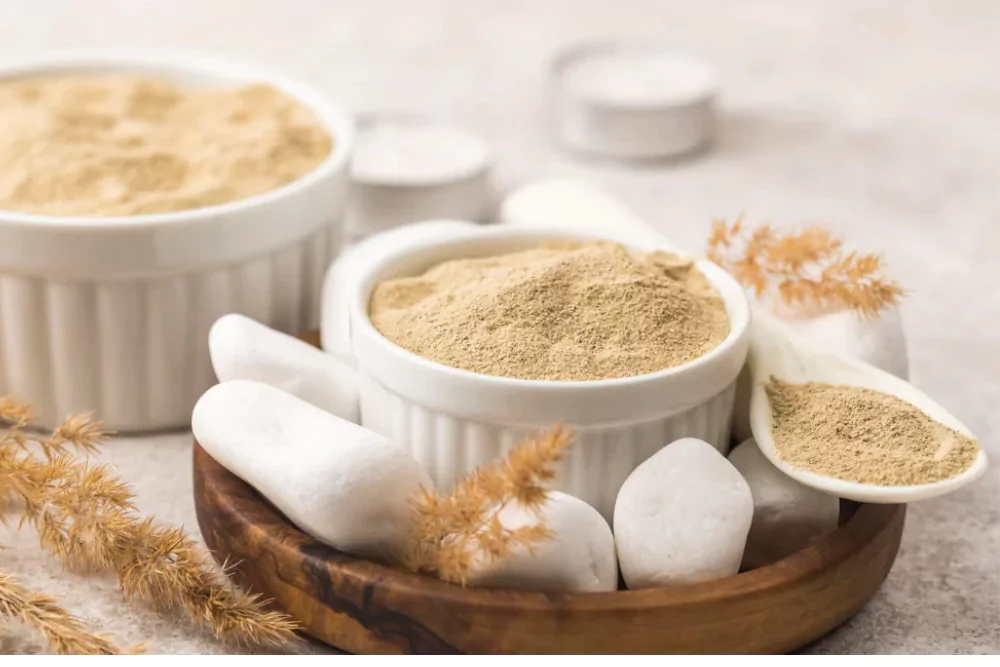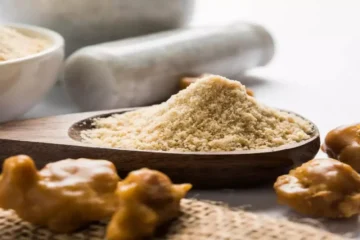Can hing really neutralise bad smells at home — how does it work and what kind of odors does it tackle?
Short Answer: Yes, hing can neutralise bad smells due to its strong aromatic compounds and antimicrobial properties. It effectively tackles kitchen odors, bathroom smells, and dampness-related mustiness, leaving your home naturally fresh.
Long Answer:
- Natural deodorizing power: Hing, also known as asafoetida, has sulfur-based compounds that absorb and neutralize unpleasant odors instead of masking them.
- Antimicrobial properties: It helps reduce odor-causing bacteria in places like kitchens and bathrooms.
- Effective against multiple odor types: Hing works well on cooking smells (like fish or garlic), musty dampness, and even bathroom odors.
- Chemical-free freshness: Unlike synthetic air fresheners, hing purifies the air naturally without toxins or aerosols.
How do I use hing to freshen up my home — are there DIY recipes or quick hacks I can try?
Short Answer : You can use hing in simple DIY hacks such as hing water sprays, hing steam bowls, or sachets. These quick remedies naturally deodorize your home while adding a touch of earthy freshness.
Long Answer :
- Hing-infused water spray: Mix a pinch of hing in a spray bottle with warm water, shake well, and spritz it around rooms or fabrics to remove lingering odors.
- Simmering hing water: Boil water with a small amount of hing. Let it simmer for 10 minutes; the vapors will absorb strong kitchen smells.
- Drain deodorizer: Drop a pinch of hing near sink or bathroom drains to minimize foul smells.
- Trash bin freshener: Sprinkle hing powder at the bottom of trash bins weekly to prevent odor buildup.
- Hing sachets: Place a pinch of hing wrapped in muslin cloth inside cabinets, shoe racks, or wardrobes.
Is hing safe to use around children, pets, or sensitive individuals — will the smell be overpowering?
Short Answer : Hing is safe when used in small amounts and well-ventilated spaces. To balance its strong aroma, combine it with mild scents like lemon, rose, or lavender.
Long Answer :
- Use minimal quantities: Always start with a small pinch. A little hing goes a long way in neutralizing smells.
- Ensure proper ventilation: Keep windows open while using hing-based sprays or simmering mixtures.
- Blend with soft fragrances: Mix hing with citrus peels, rose petals, or a few drops of essential oils to tone down its sharpness.
- Pet and child safety: Hing is non-toxic in small ambient amounts but should not be ingested directly by pets or kids.
- Natural over synthetic: It’s safer than chemical deodorizers that often contain allergens or irritants.
Can hing be used in specific areas like the kitchen, bathroom, or shoe rack — what’s the best method for each?
Short Answer : Yes, hing can be used in different areas like kitchens, bathrooms, and shoe racks. Each space benefits from a unique method such as paste, sachet, or steam treatment.
Long Answer:
| Area | Best Method | How to Use |
|---|---|---|
| Kitchen | Hing Steam | Boil water with a pinch of hing for 10 minutes after cooking to absorb food smells. |
| Bathroom | Hing Paste | Apply hing paste near drains or behind the toilet area for odor control. |
| Shoe Rack | Hing Sachet | Place a muslin bag with hing powder inside shoe racks or cupboards. |
| Living Room | Hing Spray | Use hing-infused spray with rose water or lemon oil for a balanced scent. |
| Trash Area | Dry Hing Sprinkle | Sprinkle a small pinch of hing under trash bins to prevent odor formation. |
Will hing leave behind a lingering smell — how can I make my home smell fresh without it being too strong?
Short Answer : Hing may leave a mild earthy note, but you can balance it using citrus peels, essential oils, or natural potpourri. This layering ensures your home smells fresh and not overpowering.
Long Answer :
- Use fragrance pairing: Mix hing with fresh lemon, orange peels, or mint leaves to neutralize its pungency.
- Create a natural potpourri: Combine hing with dried flowers and cinnamon sticks for a warm, subtle aroma.
- Essential oil addition: Add a few drops of lavender or eucalyptus oil to hing sprays for a balanced scent.
- Timed exposure: Use hing remedies for 20–30 minutes, then ventilate your room for a refreshing finish.
- Storage control: Keep hing-based sachets in closed cabinets rather than open spaces to maintain aroma balance.
Conclusion
Short Summary : Hing for household odors is a simple, eco-friendly way to purify your home naturally while avoiding chemicals.
Detailed Conclusion: Using hing as a natural deodorizer blends ancient Ayurvedic wisdom with modern sustainability. Whether tackling kitchen smells, bathroom odors, or musty corners, hing offers an effective, toxin-free alternative to artificial air fresheners. Its strong aroma, when balanced with citrus or floral notes, creates a refreshing and clean environment. With just a pinch and the right method, you can enjoy a home that feels pure, natural, and inviting — the Hingwala way.





